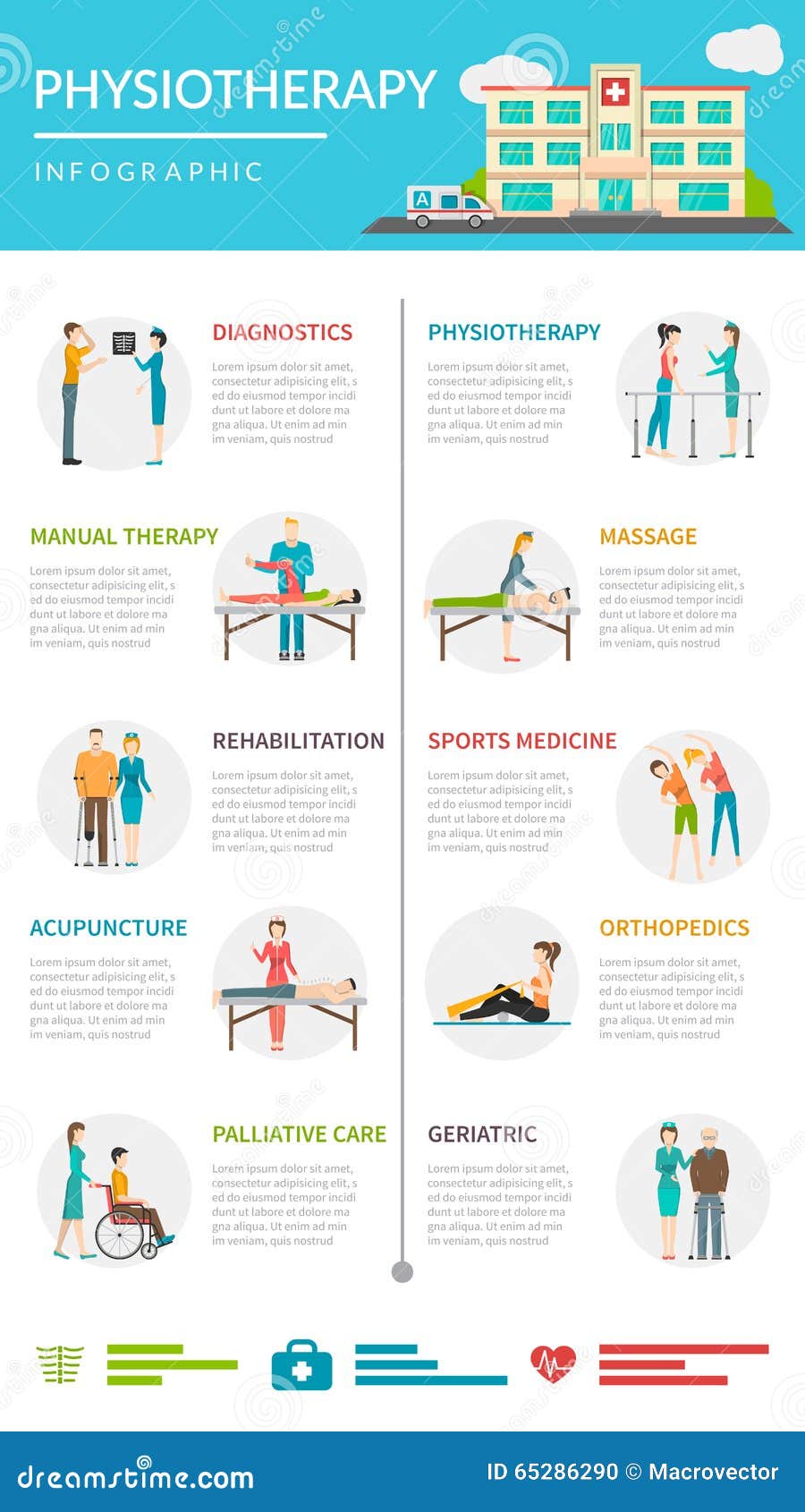The Influence Of Pose On Neck And Back Pain: Strategies For Sustaining Proper Placement During Daily Activities
The Influence Of Pose On Neck And Back Pain: Strategies For Sustaining Proper Placement During Daily Activities
Blog Article
Post By-Bush Patton
Preserving correct stance isn't almost staying up directly; it has to do with aligning your body in a manner that supports your spinal column and minimizes the threat of neck and back pain. The way you sit, stand, and relocate throughout the day can dramatically influence your spine health. However how exactly can you make certain great placement consistently, even during busy days filled with numerous tasks? Allow's dig visit the following webpage into the refined yet impactful modifications you can make to your everyday routine to keep your back satisfied and healthy and balanced.
Value of Correct Posture
Appropriate stance is essential in keeping a healthy and balanced back and avoiding pain. When you rest or stand with great stance, your back remains in positioning, lowering pressure on your muscle mass, ligaments, and joints. This alignment allows the body to disperse weight equally, preventing too much anxiety on certain locations that can cause pain and pain. By maintaining your spinal column appropriately straightened, you can likewise enhance your breathing and digestion, as slouching can press organs and limit their functionality.
In addition, keeping great pose can enhance your overall appearance and self-confidence. When you stand tall with your shoulders back and head held high, you radiate confidence and appear more friendly. Good stance can additionally make you feel much more invigorated and alert, as it promotes appropriate blood flow and enables your muscles to function efficiently.
Incorporating correct posture right into your day-to-day routine, whether resting at a workdesk, walking, or working out, is necessary for preventing pain in the back and promoting total health. Bear in mind, a little change in how you hold yourself can make a significant difference in exactly how you really feel and work throughout the day.
Common Postural Mistakes
When it pertains to maintaining good position, numerous people unconsciously make common blunders that can contribute to pain in the back and pain. Among one of the most prevalent errors is slumping over or stooping over while sitting or standing. This setting puts excessive stress on the back and can lead to muscle mass inequalities and pain over time.
One more typical mistake is overarching the reduced back, which can flatten the all-natural curve of the spinal column and create discomfort. In addition, crossing legs while resting might really feel comfy, yet it can develop a discrepancy in the hips and hips, causing postural concerns.
Making read more of a cushion that's as well soft or as well solid while resting can additionally affect your positioning and add to pain in the back. Finally, regularly craning your neck to take a look at screens or adjusting your placement often can strain the neck and shoulders. Being mindful of these typical postural blunders can help you preserve far better alignment and reduce the danger of neck and back pain.
Tips for Correcting Placement
To enhance your positioning and lower neck and back pain, it's essential to concentrate on making small modifications throughout your everyday routine. Start by bearing in mind your position. When resting, guarantee your feet are flat on the flooring, your back is straight, and your shoulders are kicked back. Prevent slouching or leaning to one side. Use ergonomic chairs or paddings to sustain your lower back.
When standing, distribute your weight uniformly on both feet, keep your knees somewhat bent, and tuck in your hips. Involve your core muscular tissues to sustain your back. Take breaks to stretch and walk around if you have a sedentary job. Incorporate exercises that enhance your core and back muscle mass, such as planks or bridges.
While sleeping, make use of a cushion that supports the natural curve of your neck to keep proper spine positioning. Avoid sleeping on your belly, as it can stress your neck and back. By being mindful of these ideas and making small adjustments, you can slowly correct your placement and alleviate back pain.
Conclusion
Bear in mind, keeping great pose is key to stop back pain and promoting spinal health. By bearing in mind your placement, dispersing weight evenly, and engaging your core muscles, you can decrease strain on your back and lessen the danger of discomfort and injury. Integrate ergonomic support, take normal breaks to stretch, and reinforce your core and back muscular tissues to maintain correct placement throughout the day. Your back will certainly thanks for it!
